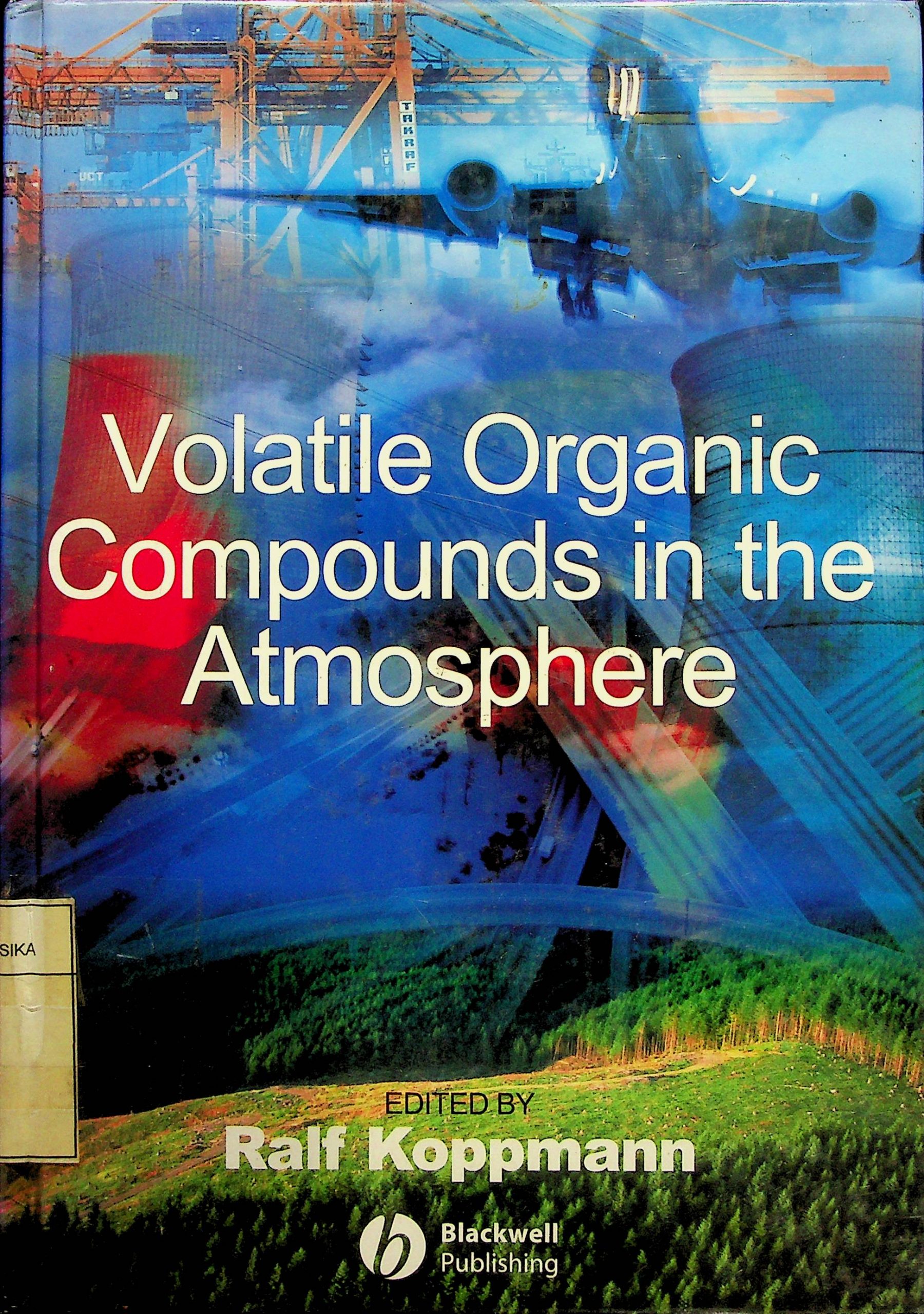Every day, large quantities of volatile organic compounds (VOCs) are emitted into the atmosphere from both anthropogenic and natural sources. They are the ‘fuel’ that keeps atmospheric photochemistry running. Therefore, their sources, sinks and residence times arc the subject of current research. In addition to influencing local, regional and even global photevhemistry, several of these compounds have a potential impact on climate, both due to their properties as greenhouse gases and due to their ability to form aerosol particles on oxidation. The formation of gaseous and particulate secondary products caused by the oxidation of VOCs is one of the largest unknowns in the quantitative prediction of the earth’s climate on a regional and global scale, and on the understanding of local air quality. To be able to model and control their impact, it is essential to understand the sources of VOC, their distribution in the atmosphere and the chemical transformations they undergo.
5
Volatile Organic Compounds in the Atmosphere
Ralf Koppmann University of Wuppertal, Germany
Penerbit :
Blackwell Publishing
Tahun :
2007
Buku Text
-
No Scan350
-
No Klasifikasi511.51'12
-
ISBN978-1-4051-3115-5
-
ISSN
-
No Registrasi66A/IV/2012
-
Lokasi Terbit
-
Jumlah Hal33
-
Label511.51'12 Kop v
-
Versi DigitalTIDAK
-
Versi FisikTIDAK
-
Lokasi Rak Buku Fisik//
-
Jumlah Exemplar Fisik Tersedia-





